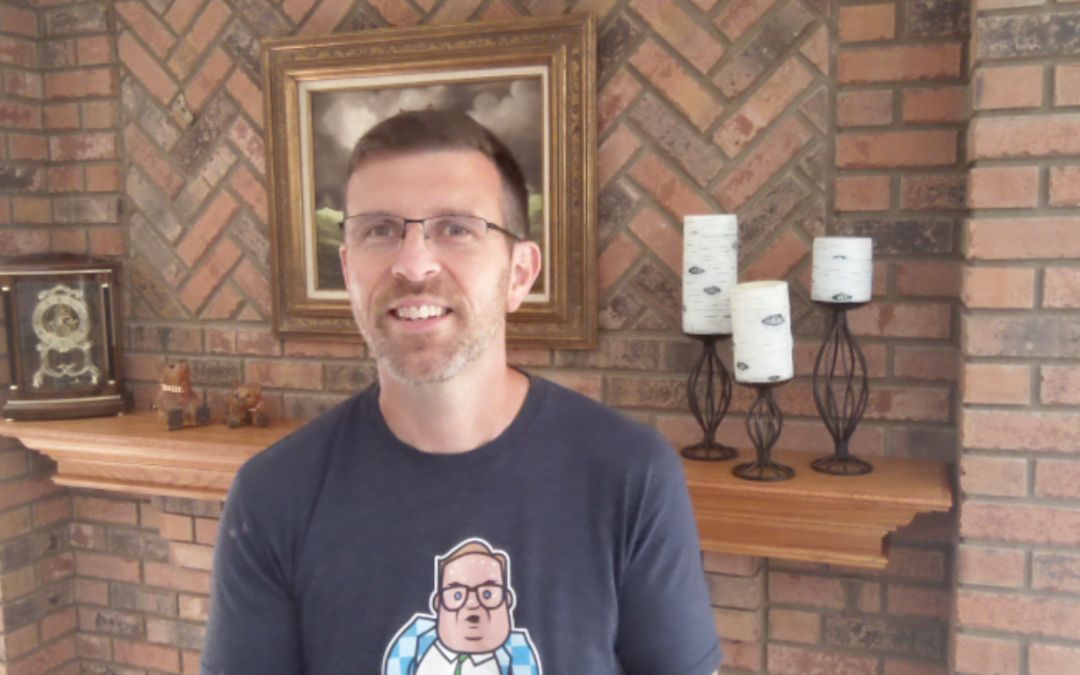by Jason Lauritsen | Jul 9, 2021 | Change, Decisions, Management, Post-Pandemic, Workplace
What do you do if your organization has decided that everyone is coming back to the office and your people don’t want to come? And what if you feel the same way? One of the most challenging times to manage is when you get stuck between a company decision (that...
by Jason Lauritsen | Jun 25, 2021 | Culture, Decisions, Leadership, Management, Post-Pandemic, Workplace
Some of the best advice I ever got came almost 30 years ago. I was in high school. Being a bonafide band nerd, I was spending a week of my summer vacation at the Clark Terry Jazz Camp hoping to polish my trumpet skills enough to become king of nerds—First Chair...

by Jason Lauritsen | Jun 18, 2021 | Leadership, Management, Well-being, Wellbeing, Workplace
While it’s been a long time since it first happened, I still remember the gravity of the responsibility I felt when first asked to supervise people at work. A manager has a profound impact not just on our experience at work but also on our life. When you get it...
by Jason Lauritsen | Jun 11, 2021 | Communication, Management, Post-Pandemic, Video, Workplace
Over the past year, you’ve probably learned that when a team is “distributed,” it becomes more complicated to manage. And we’ve focused a lot of attention on how being distributed out of a centralized office location has changed how we manage...

by Jason Lauritsen | Jun 4, 2021 | Communication, Leadership, Love, Management, Relationships, Workplace
Dr. Vivek Murthy, the United States Surgeon General, recently gave the commencement address to the UC Berkeley School of Public Health graduates. In his comments, he provided some interesting and compelling advice to these graduates, most of whom are entering into a...

by Jason Lauritsen | May 14, 2021 | Communication, Cultivation Mindset, Leadership, Management, Relationships, Workplace
Over the past several months, I’ve been working hard to spread the message that what managers need to successfully navigate this new future of work is compassion. Compassion connects an awareness of the struggles and suffering of employees with caring actions to help...



